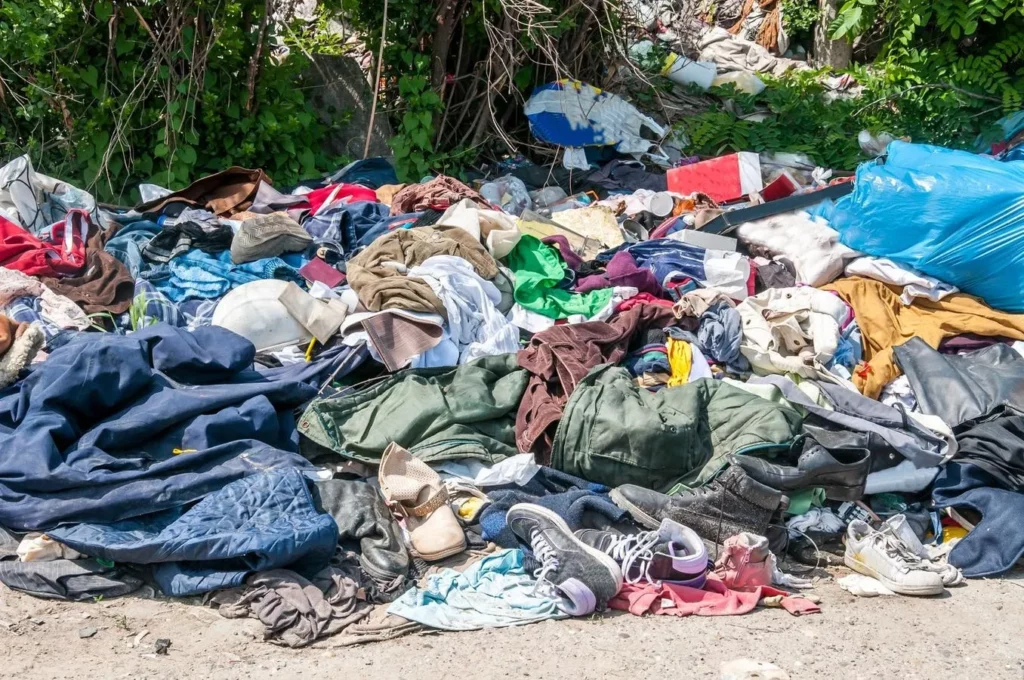
The Hidden Crisis of Fashion: Climate, Water, and Microplastic Impact
The fashion industry is notorious for its staggering environmental footprint, and new data reveals a disturbing trend. If current production and consumption patterns continue unchecked, the industry’s emissions could rise by 50% by 2030, exacerbating an already dire climate crisis.
But the issue runs far deeper than just carbon emissions. The fashion industry’s water pollution is a silent killer, poisoning rivers and ecosystems worldwide. According to data from the EU, 20% of global industrial water pollution comes from textile dyeing and treatment alone. In countries like Bangladesh and India, factories release untreated wastewater laden with toxic chemicals like chromium, lead, and mercury directly into rivers that serve as lifelines for local communities.
The consequences are devastating. Toxic effluents from dyes and finishing agents contain carcinogens and heavy metals such as chromium, cadmium, lead, arsenic, and mercury, contaminating drinking water sources, destroying aquatic ecosystems, and poisoning farmland. In Bangladesh’s Buriganga River, once a source of freshwater and food, dissolved oxygen levels have dropped to near-zero in some areas, rendering the river a biological dead zone devoid of life.
The fashion industry’s water pollution is not limited to these countries alone. A staggering 93 billion cubic meters of water are consumed annually, enough to meet the needs of five million people per year. This means that while some parts of the world struggle with water scarcity, vast amounts of clean water are being polluted or depleted to fuel the fashion engine.
But microplastic pollution is a ticking time bomb, too. According to the International Union for Conservation of Nature, 35% of oceanic microplastics come from synthetic textiles like polyester, nylon, and acrylic. These fibers shed during washing and find their way into marine food chains. The Journal of Hazardous Materials reports that plastic pollution has rapidly become one of the planet’s most pressing environmental challenges.
As the global population grows, so does the demand for plastic – driving annual production to a staggering 430 million tons. Alarmingly, around 11 million tons of this plastic make their way into our oceans each year. Without strategic global action, this figure could triple in the coming decades, threatening marine ecosystems, putting wildlife at risk, and impacting the millions who rely on the ocean for food, income, and survival.
The study published in Environmental Pollution found microplastics and microfibers have been detected across every major ocean basin, underscoring the pervasive nature of this form of pollution. Microfibers, tiny threads often shed from synthetic textiles, rank among the most frequently found micropollutants along coastal shorelines worldwide.
As the fashion industry continues to operate in a vacuum – underregulated, underreported, and unpressured except by those brave enough to speak up – it’s essential that we recognize the magnitude of this crisis. Fashion is not just a symbol of self-expression; it is a destructive force that poisons our waters, contaminates drinking water sources, destroys aquatic ecosystems, and puts wildlife at risk.
It’s time for the industry to transition from an unchecked model of consumption to one of conscious creation.
Source: https://www.forbes.com/sites/dianneplummer/2025/04/18/the-hidden-crisis-of-fashion-climate-water–microplastic-impact/

